Pantry protein staples for filling dinners
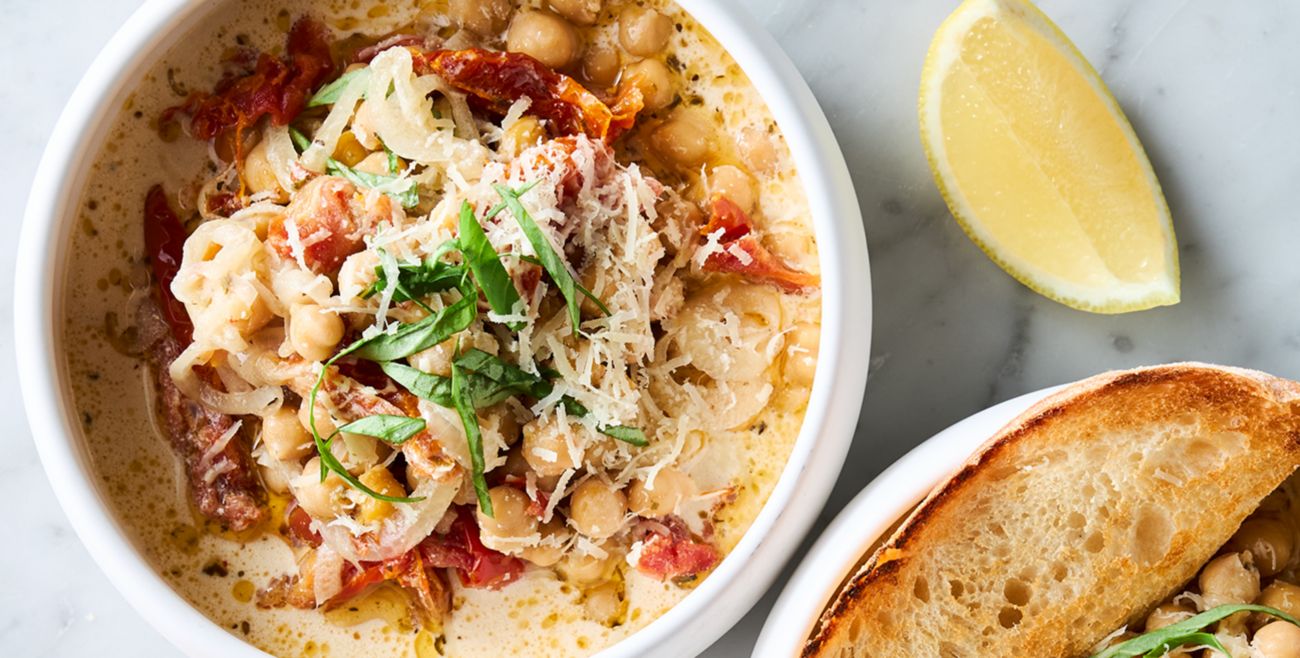
Protein power in the pantry
Protein is a crucial macronutrient that helps support muscle repair and growth. While meat, fish and dairy are popular sources that spring to mind, look to your pantry for a trove of delicious protein options.
Best of all, these ingredients lend themselves well to freezing and batch cooking.
Batch cooking tips:
Batch cooking with protein pantry staples is a game-changer for meal planning. Ingredients like lentils, beans, and chickpeas are perfect for making large quantities of healthier meals that can be switched up throughout the week.
Start by cooking a basic batch of your chosen protein base, then season and enhance portions differently to create diverse dishes like tacos, stuffed vegetables or bolognese. This approach streamlines your meal preparation and also ensures you have quick and easy access to tasty meals.
Freezing tips:
Maximise the shelf life of your protein pantry dinners with effective freezing strategies. Cooked beans, lentils, and chickpeas freeze exceptionally well and can be quickly thawed and added to dishes, preserving their nutritional value and taste. Portion out cooked batches into meal-sized servings before freezing to make defrosting more manageable.
Label each package with the date and contents to keep track of your stock. Freezing is the perfect way to keep protein ingredients on hand and make healthier eating simple. For more tips for freezing see here.
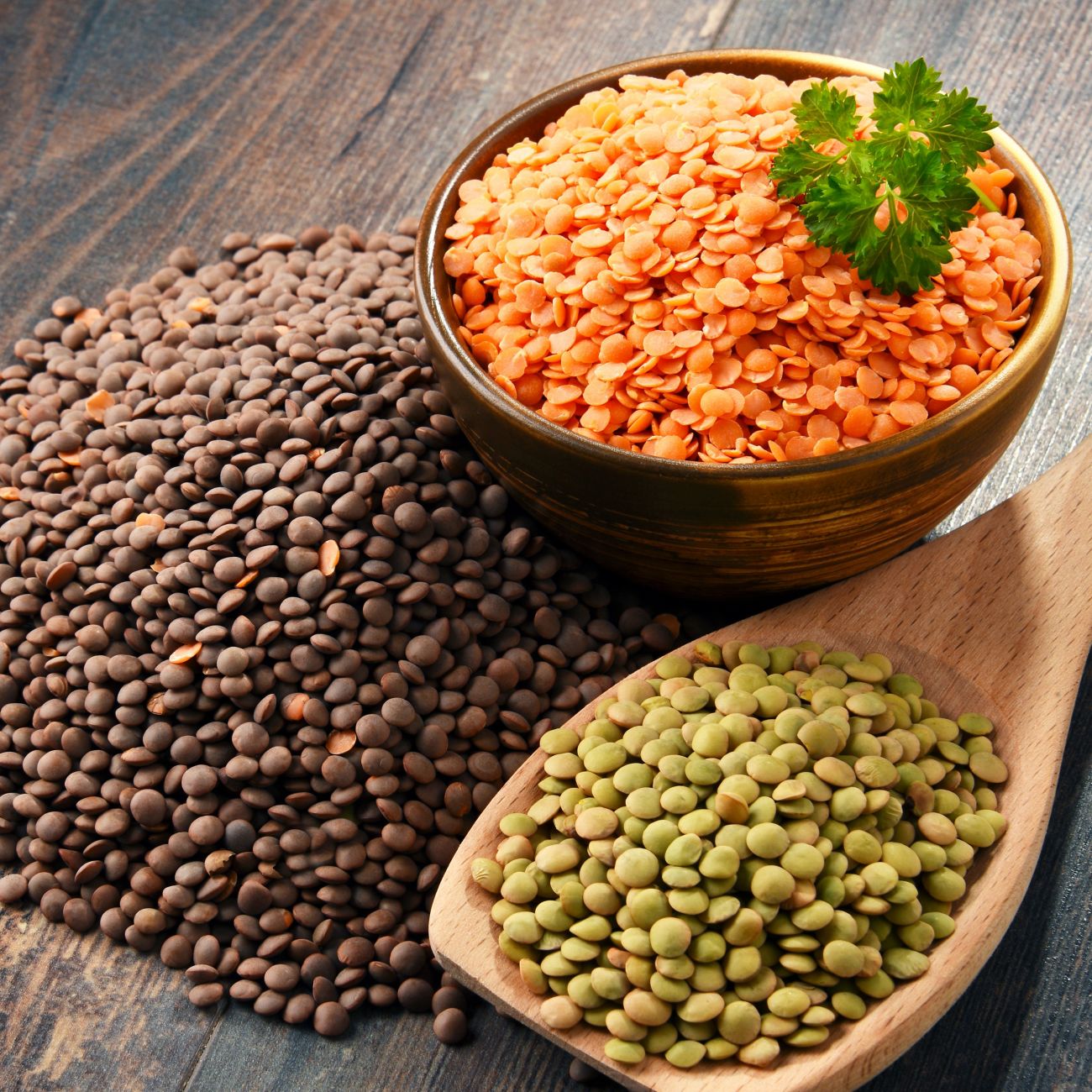
01
Lentils
Lentils are a powerhouse with protein and fibre, making them an excellent alternative to meat. A single cup of cooked lentils packs about 10 grams of protein. Dried lentils can be cooked in as little as 15 minutes or if you’re short of time, canned lentils are a good substitute and taste just as good. Lentils absorb flavours well and cook faster than most legumes, making them a perfect candidate for quick, healthier meals like stews and salads. Their long shelf life ensures you always have access to a healthy protein source in your pantry.
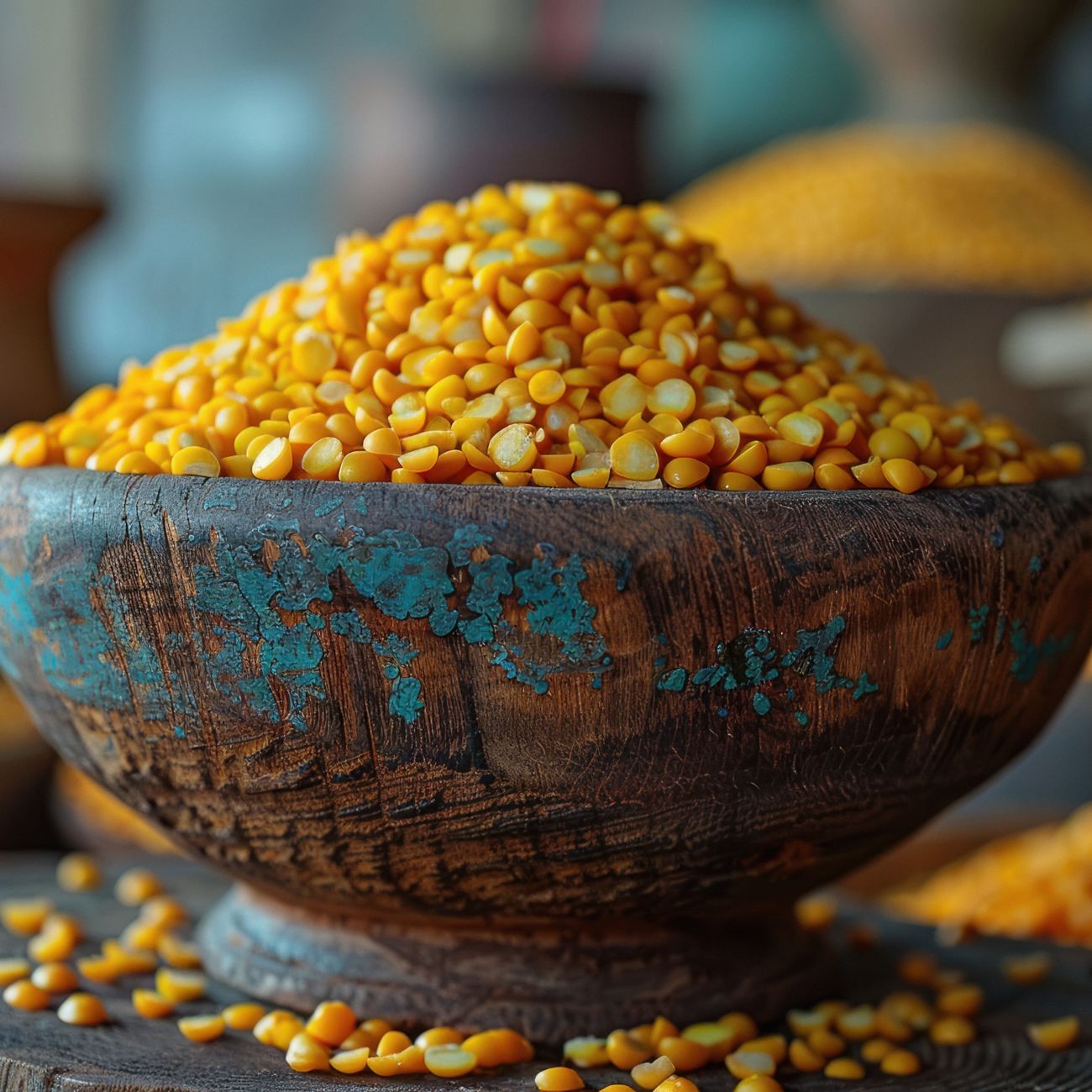
02
Split peas
Often found on the same shelf, split peas are the lesser-known cousin of lentils. They are robust in flavour and rich in protein, offering about 10 grams per cooked cup. Yellow peas have a mild earthy taste and are suitable for curries or stews. Green peas have a sweeter flavour and are ideal for soups. Both varieties come dried and cook relatively quickly without the need to soak prior, making them a convenient choice for last-minute meals. Their mild flavour pairs well with a variety of spices, allowing you to craft healthier dishes that aren’t short on flavour.
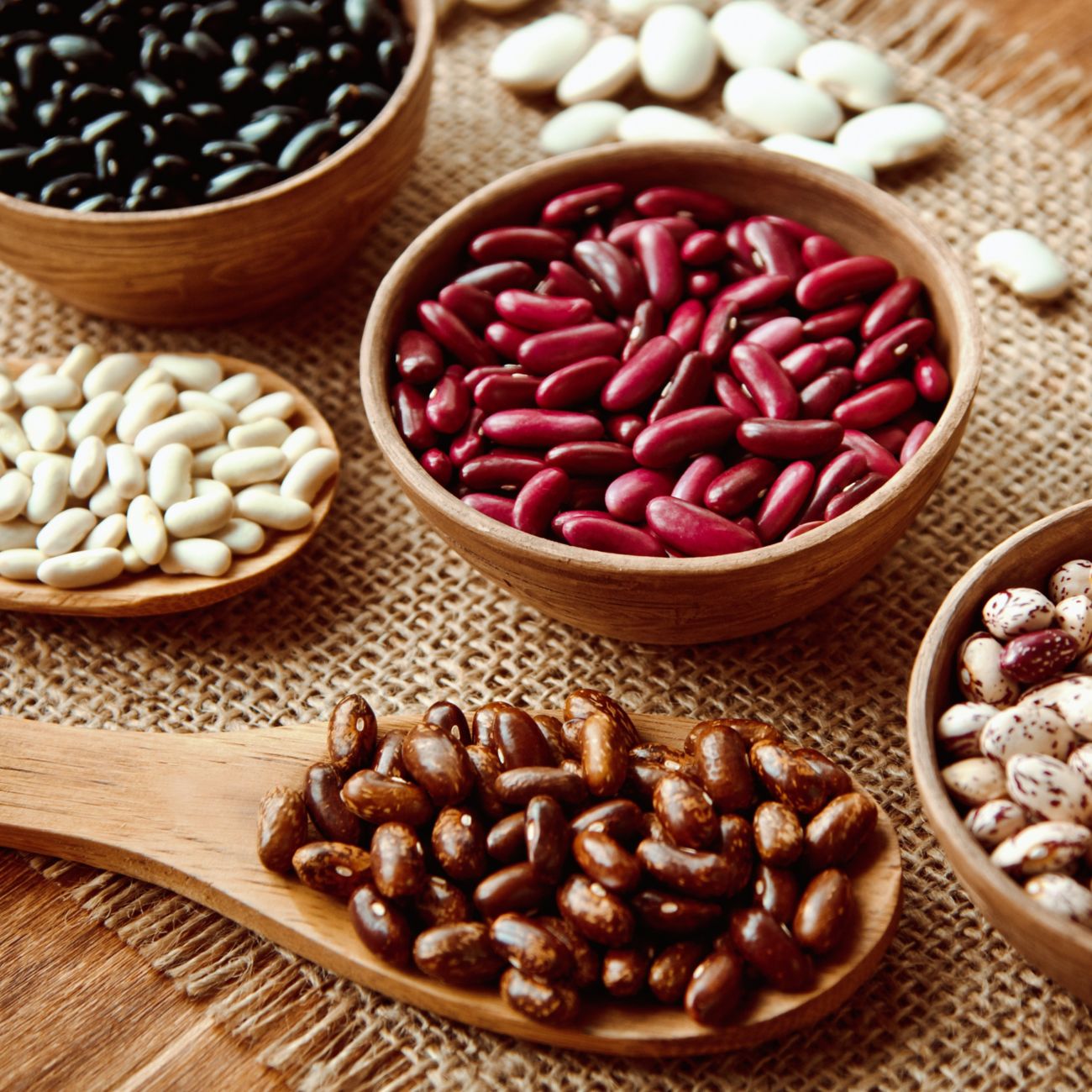
03
Beans
Whether you choose black beans, kidney beans, or any other variety, one cup will provide a protein boost to any meal. Soups, salads, wraps? Check. Each variety is also a source of fibre. Cannellini beans are ideal for Sunday night baked beans or salads while the texture and flavour of kidney beans works well in Mexican-style dishes like chilli or stews. Black beans with their slightly sweet flavour and creamy texture, work well in burgers, tacos, soups and burritos. With their ability to be stored long-term, beans are an essential staple for budget-friendly, plant-based protein cooking.
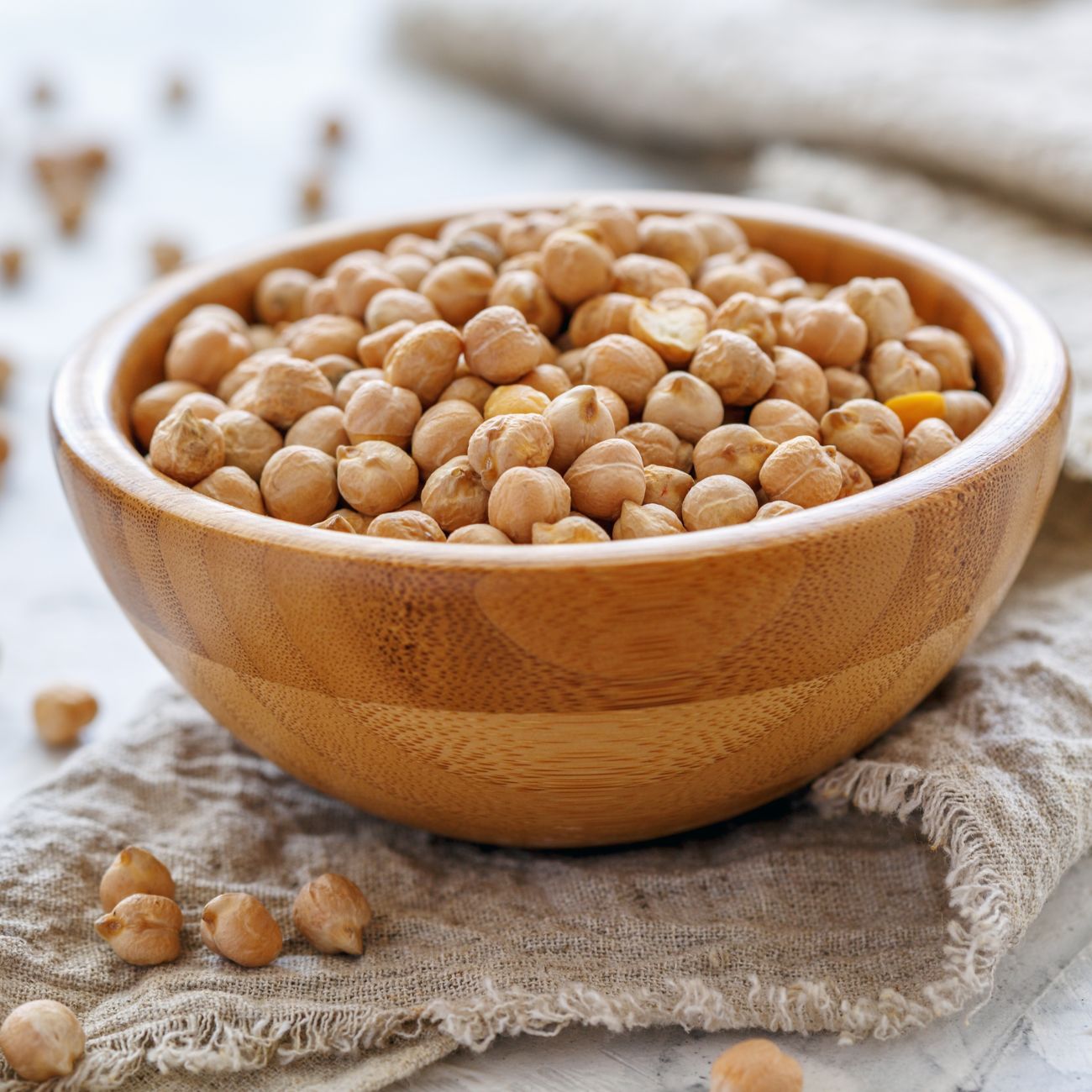
04
Chickpeas
Chickpeas are an all-round legume and a source of plant based protein that can be added to your meals. One cup of cooked chickpeas contains about 10 grams of protein, plus they are a source of fibre. You can buy them dried and soak them overnight or if you’re time-poor, canned chickpeas work just as well. Plus, before you throw it out – the liquid inside your can of chickpeas , otherwise known as aquafaba, is a great vegan replacement for meringues, cakes and macaroons.
Use them to make homemade hummus, add to curries, roast them for a crunchy topping or simply toss in salads. Chickpeas' robust texture and nutty flavour make them a favourite in vegetarian and meat-based dishes alike.
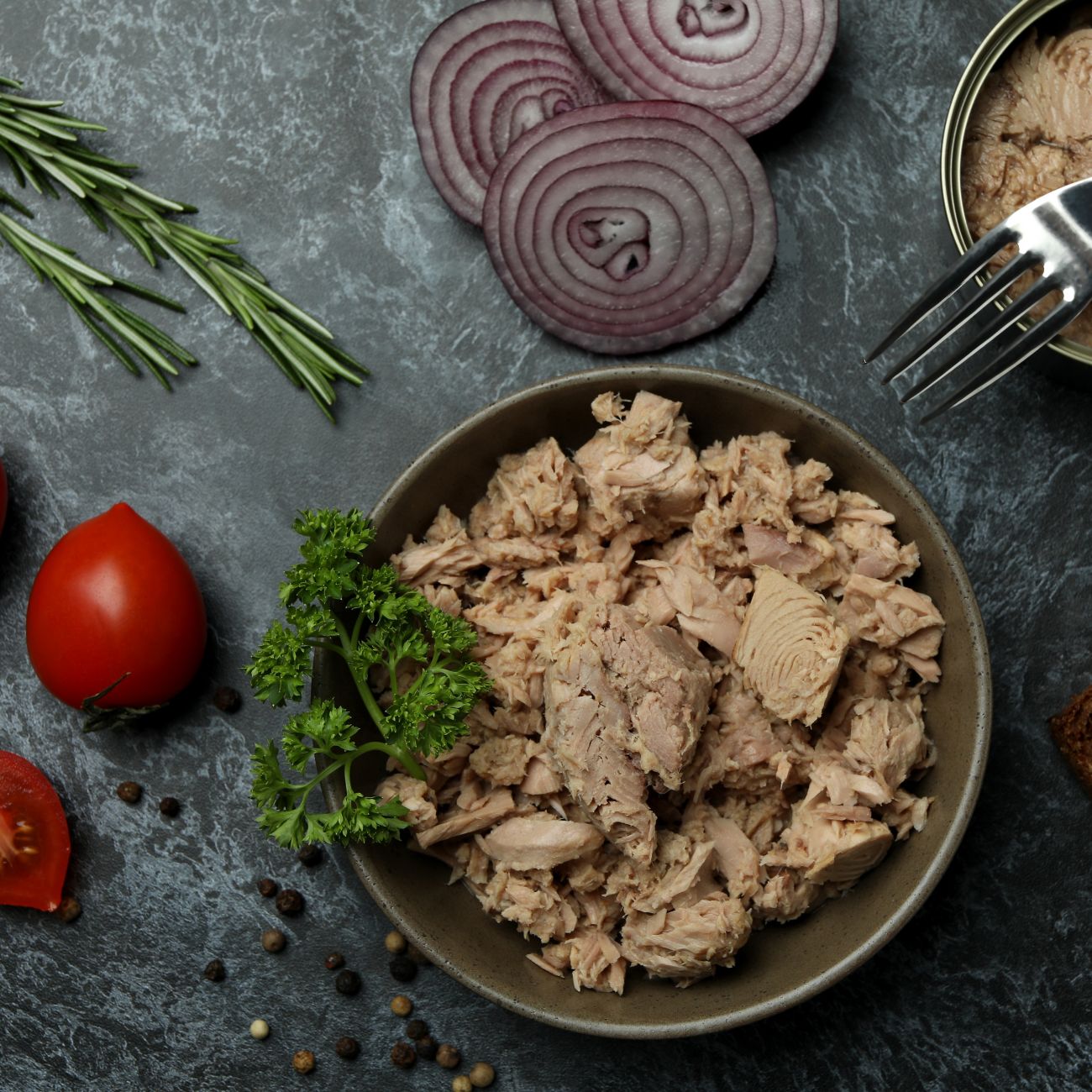
05
Canned tuna
Canned tuna is an affordable, convenient source of high-quality protein that can be kept in your pantry for quick meals. Each serving offers a protein boost, essential omega-3 fatty acids, and is versatile enough for sandwiches, salads, or paired with pasta. Its long shelf life and quick preparation make canned tuna an excellent option for protein-rich, no-cook meals. If you’re looking for a lighter flavour, choose tuna in spring water rather than oil. Tuna in oil has a richer flavour and is perfect for salads or pasta sauces. Opt for larger cans when creating family bakes or batch-cooked meals. Small cans are perfect for small dinners and salads.
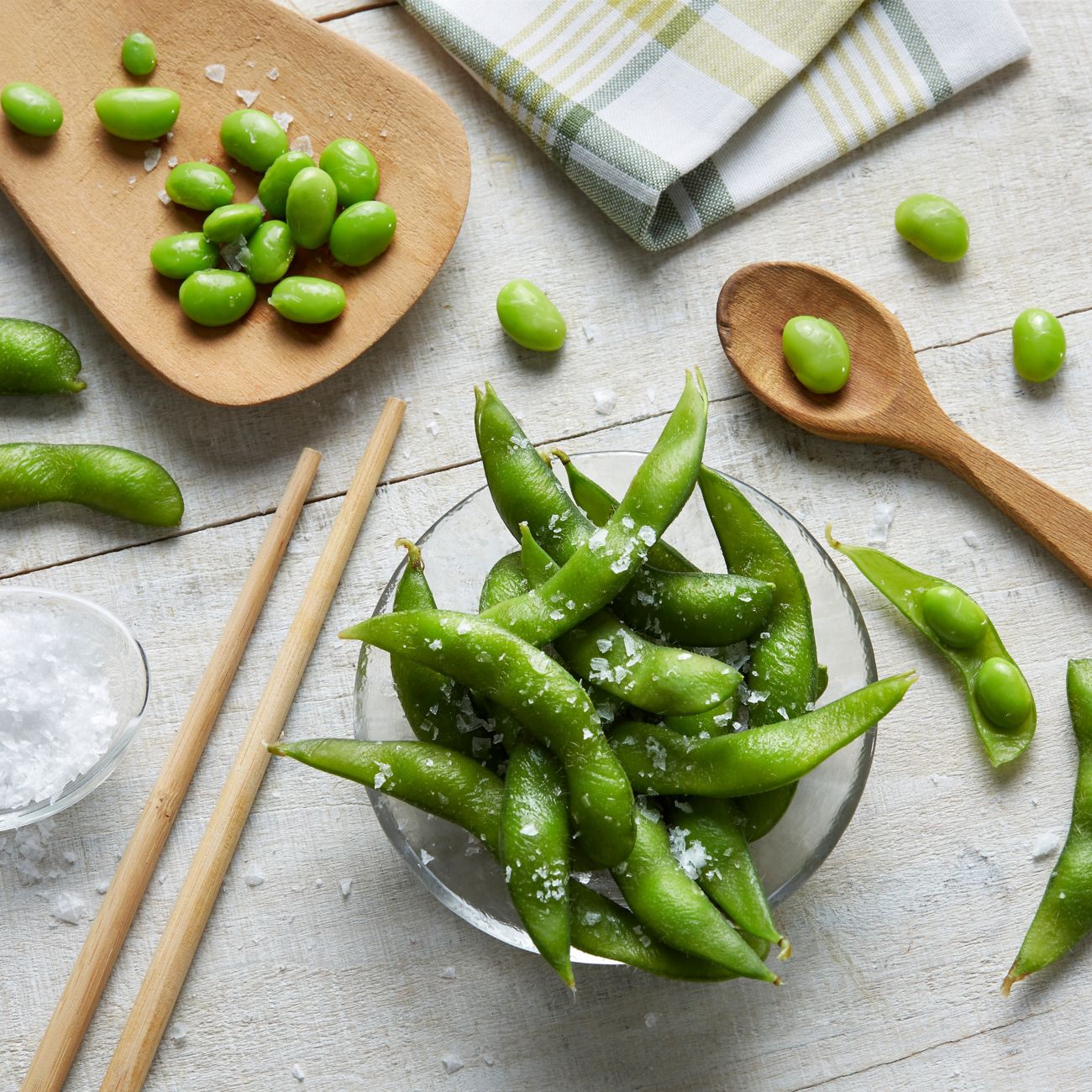
06
Edamame
Edamame beans are young soybeans often found frozen but also available dried for pantry storage. Frozen and thawed edamame are perfect for quickly throwing in salads and poke bowls, while dried ones are more suited to soups and stir frys.
These little beans pack a protein punch, ideal for adding to salads, soups, noodles or poke bowls. Edamame can make mealtimes healthier, while offering a satisfying texture.
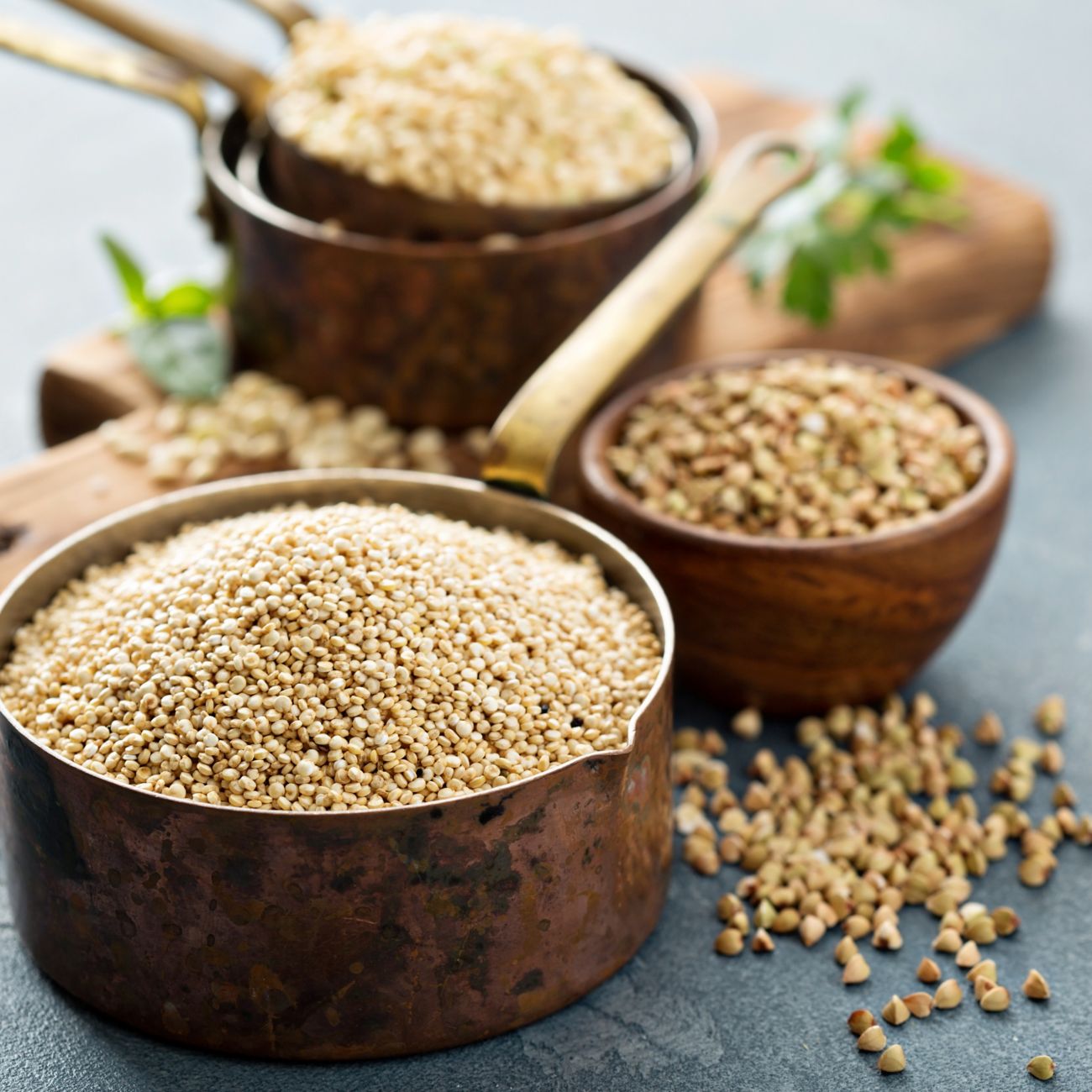
07
Quinoa and buckwheat
Quinoa and buckwheat are fantastic sources of plant-based protein. That’s because they contain all nine essential amino acids, making them a ‘complete’ protein. Quinoa is also incredibly versatile and can be used in salads, as a side dish instead of rice, in stuffed capsicums, or even in breakfast dishes like porridge. Its subtle, nutty flavour and fluffy texture make it a delightful addition to meals, appealing to the whole family.
Despite its name, buckwheat is not related to wheat and is gluten-free. Buckwheat can be cooked and used similarly to porridge or rice, included in soups, used as a base for hearty salads, or bought as flour and used for baking pancakes, bread, and noodles. Buckwheat's robust, earthy flavour makes it a popular choice for heartier dishes, particularly in the colder months.
Their quick cooking time under 20 minutes and versatility make them perfect for a quick dinner or batch-cooking and freezing.
Protein top ups:
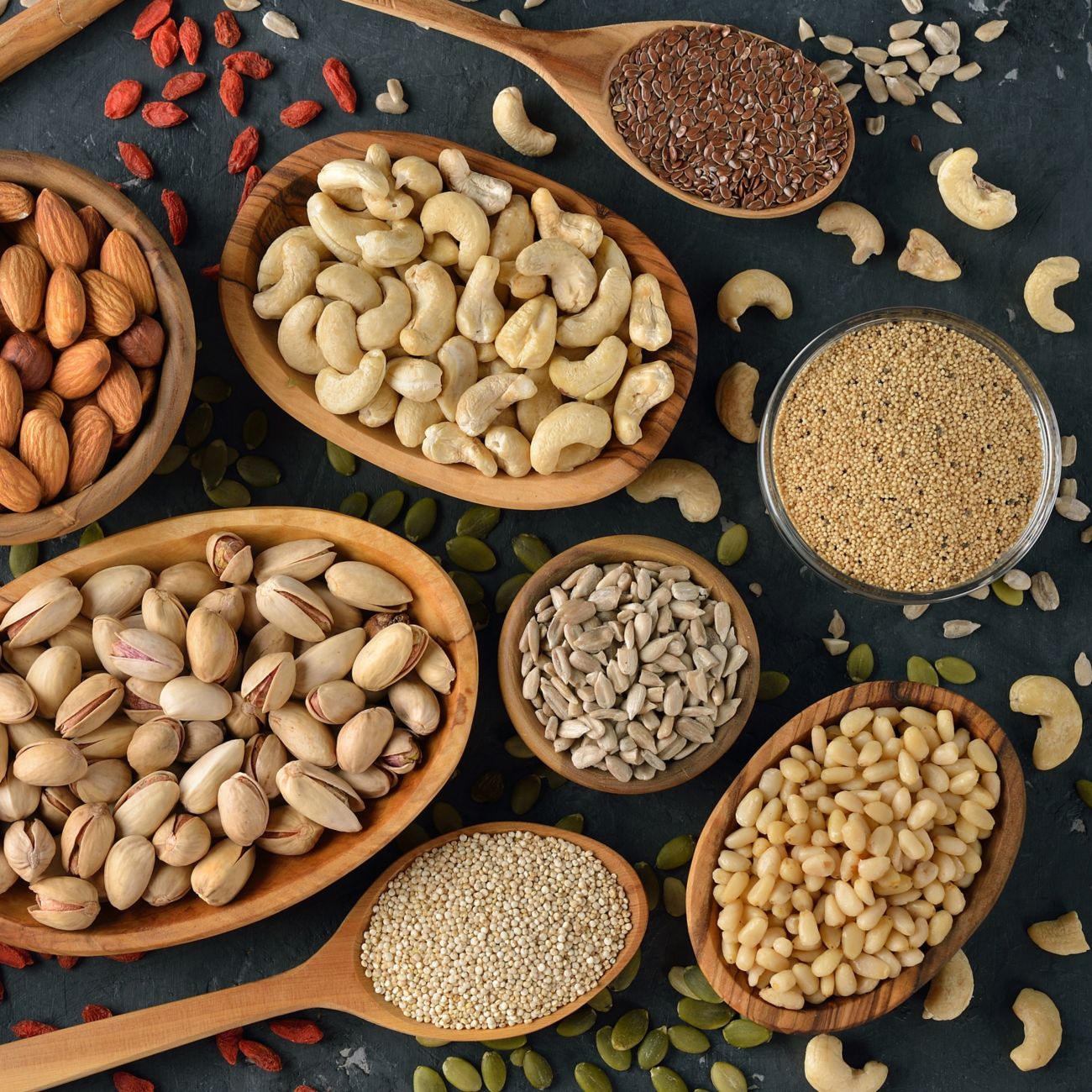
Nuts and seeds
Incorporating nuts and seeds like cashews, almonds and pepitas into your diet is an easy way to increase your protein intake and use up any leftover pantry staples. They’re ideal for adding a crunchy texture to salads, stir-frys, bakes and crumbing protein. They also work perfectly for pasta toppings to add that extra nutty flavour to your dish.

